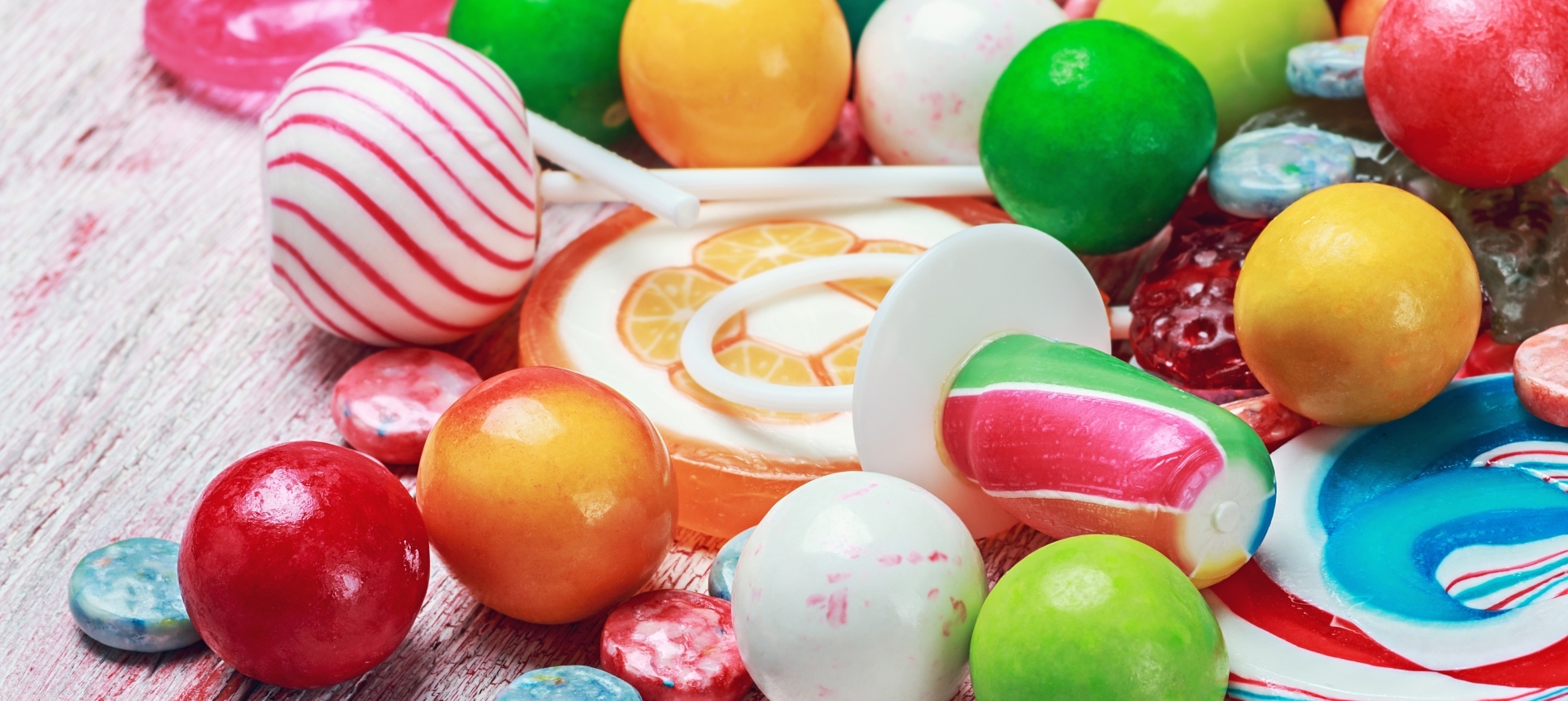Math, Nanotechnology and Food
Understanding Nanotechnology in Food
This website explains how nanotechnology is a big factor in many things but surprisingly it is huge with food. One way it can be used is in packaging. It can make silver nano particles in plastic packaging that can kill bacteria. Also nano scientists are using nanotechnology to give people the choice of the flavor in the food they eat from vegetables to drink. If you don’t like your carrots, don’t worry, soon we will be able to change the flavor!


